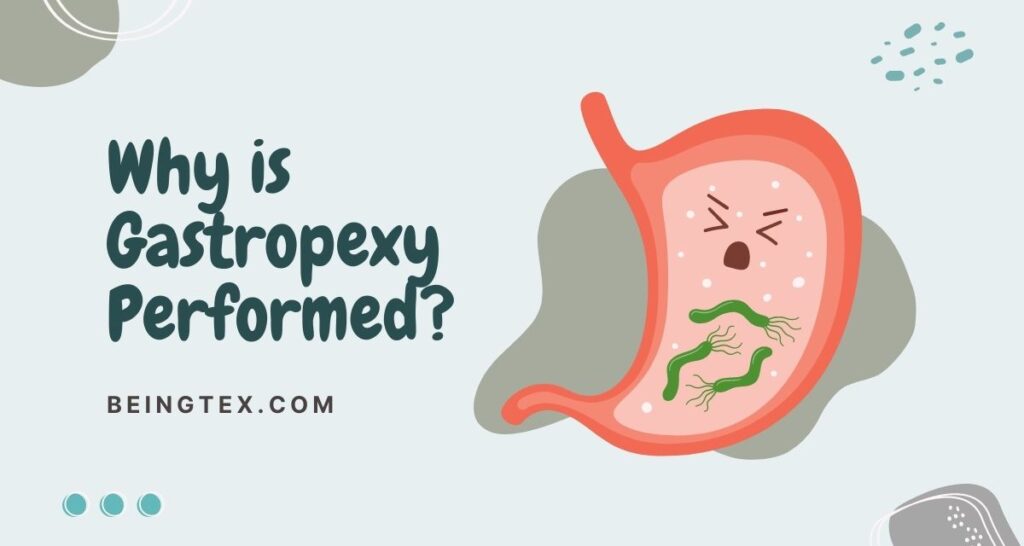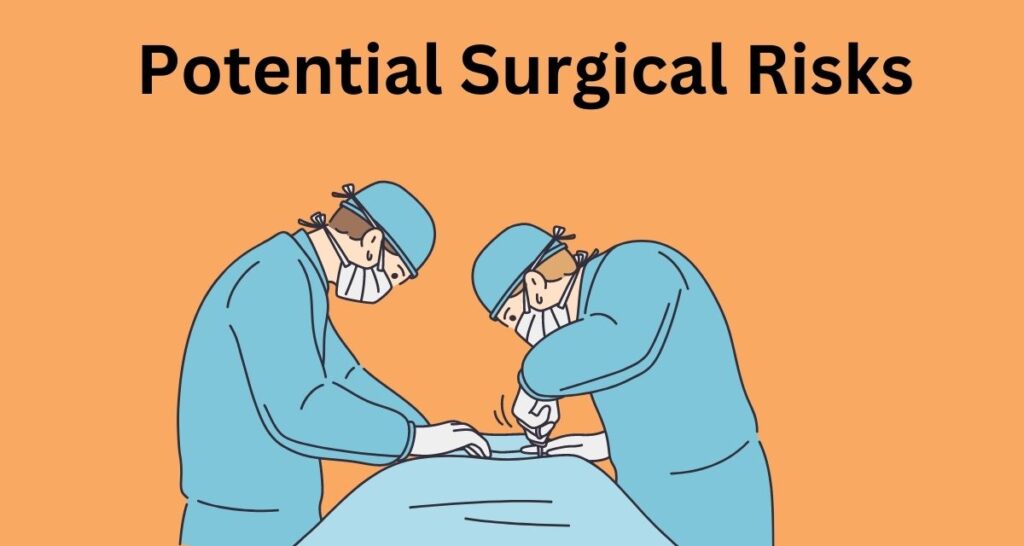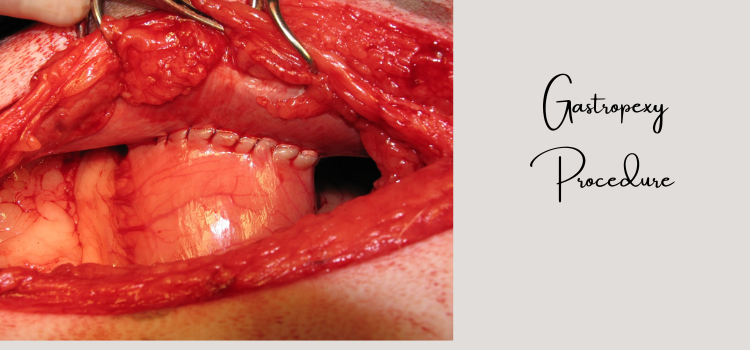When it comes to the health and well-being of our canine companions, certain medical procedures can play a vital role in preventing life-threatening conditions. One such procedure that has gained popularity among dog owners and veterinarians is gastropexy. In this article, we will delve into the concept of gastropexy, exploring its definition, the reasons it is performed, as well as the potential advantages and disadvantages it presents for dogs. By understanding the pros and cons of gastropexy, pet owners can make informed decisions about whether gastropexy is the right choice for their furry friends.
What is Gastropexy?

Gastropexy is a surgical procedure performed on dogs to anchor their stomach to the abdominal wall. This is done to prevent a life-threatening condition known as Gastric Dilatation-Volvulus (GDV), commonly referred to as bloat. GDV is a severe medical emergency where the stomach becomes distended with gas and rotates, leading to potential blockage of blood flow to vital organs.
Large breed dogs are more prone to developing GDV or bloat and are, therefore, more likely to benefit from the treatment. Some of the most common breeds that are at risk for bloat include German Shepherds, Rottweilers, Bulldogs, and Great Danes.
Why is Gastropexy Performed?

The primary purpose of gastropexy is to prevent GDV, which is more commonly observed in deep-chested dog breeds. Breeds such as Great Danes, Boxers, German Shepherds, and Standard Poodles are particularly susceptible to GDV due to their anatomy.
Gastropexy is performed to prevent a life-threatening condition known as Gastric Dilatation-Volvulus (GDV) in dogs. By anchoring the stomach to the abdominal wall through surgical means, the risk of the stomach twisting and causing potential blockage of blood flow is significantly reduced. This preventive procedure is particularly important for deep-chested dog breeds, as they are more susceptible to GDV due to their anatomical structure.
Gastropexy Procedures

There are two main types of gastropexy procedures performed in dogs: traditional open surgery and laparoscopic surgery. In traditional open surgery, an incision is made in the dog’s abdomen, and the stomach is sutured to the abdominal wall. Laparoscopic surgery, on the other hand, involves making small incisions and using a camera to guide the surgical instruments. Both methods aim to achieve the same result of securing the stomach to prevent its torsion.
Pros of Gastropexy in Dogs:
Preventing Gastric Dilatation-Volvulus (GDV):

The most significant advantage of gastropexy is its potential to prevent GDV. It is a condition that can be fatal if not promptly treated. By anchoring the stomach, the risk of torsion and rotation is significantly reduced. It provides pet owners with peace of mind knowing that their dog is protected against this life-threatening condition.
Minimizing Bloat Risk

Bloat, another term for GDV, can cause immense discomfort for dogs and may lead to severe complications. Gastropexy offers a proactive approach to reduce the likelihood of bloat, allowing dogs to lead a healthier and more comfortable life.
Improved Quality of Life for At-Risk Breeds

Certain breeds are genetically predisposed to GDV due to their body structure. For these at-risk breeds, gastropexy can be a game-changer, improving their overall quality of life and reducing the potential for emergency surgeries and complications.
Cons of Gastropexy in Dogs
Potential Surgical Risks

As with any surgical procedure, there are inherent risks involved. While gastropexy is generally considered safe, complications such as infections, adverse reactions to anesthesia, or suture-related issues may arise. Pet owners should thoroughly discuss these risks with a veterinarian before proceeding with the surgery.
Lack of 100% Guarantee

It’s important to note that while gastropexy significantly reduces the risk of GDV, it does not offer an absolute guarantee against the condition. In some rare cases, torsion may still occur despite the stomach being anchored. However, the chances of GDV are substantially lower in dogs that have undergone gastropexy.
Ethical Considerations

Some individuals raise ethical concerns regarding preventive surgeries like gastropexy. Critics argue that these procedures alter the natural state of the dog’s body, and decisions should be based on individual cases and consultation with experienced veterinarians.
Making an Informed Decision

Before opting for gastropexy, it is essential for pet owners to consult with a veterinarian. A vet will assess the dog’s breed, age, medical history, and other relevant factors to determine the necessity and suitability of the procedure. Additionally, understanding the dog’s specific risk factors for GDV can play a crucial role in making an informed decision.
Dog Gastropexy Aftercare
After gastropexy surgery, it is important to provide your dog with proper aftercare. This includes monitoring his behavior and making sure that he gets plenty of rest. To aid recovery and prevent infection, keep your dog isolated from other dogs for several weeks.
Gastropexy success depends on good and regular aftercare. Belt loop breakdown happens when your pet’s stomach pushes away from the abdominal wall and presses on its post-op belt loop suture line. This can be prevented by ensuring that your pet is not allowed to become overweight.
Additionally, feeding a balanced and age-appropriate diet can help prevent belt loop breakdown from occurring. If your pet begins displaying any signs of pain or discomfort after their gastropexy procedure, contact your veterinarian immediately for assistance. With proper care and follow-up with your veterinarian.
FAQ
When Should Gastropexy Be Done?
It should be done in any dog that is considered to be at risk for developing bloat. This includes large breed dogs as well as dogs who have a history of bloat in their family. It can also be performed in puppies, but it is important to note that puppies are still growing and may not be fully developed yet. As a result, there may be some risks associated with gastropexy in puppies. Puppies should only undergo the surgical procedure if it is deemed necessary by a veterinarian.
How Long Do Dogs With GDV Live For?
Dogs with GDV have a median lifespan of 3 days. However, this can vary depending on a number of factors, such as the severity of the condition and how soon the dog is treated. With surgery, the dog’s lifespan can be extended to an average of 3-7 years.
How Much Does Gastropexy In a Dog Cost?
The cost of surgery can vary depending on a number of factors, such as the size and breed of the dog, the location of the surgery, and the veterinarian performing the surgery. As a general rule, surgery costs between $500 and $1,500. However, this estimate may vary depending on the individual case.
There are pros and cons of gastropexy. Dogs who undergo gastropexy surgery may experience complications such as infection, bleeding, and even death.
Before having your dog undergo significant surgery, consider the pros and cons. If your dog is at danger of bloat, ask your vet about gastropexy.
How is a Gastropexy Performed?
This surgery is a fairly simple procedure that can be performed in a number of ways. One typical procedure is to create a small incision in the dog’s belly and sew the stomach to the abdominal wall. Another method is to use metal clamps to attach the stomach to the wall.

The type of gastropexy surgery that is performed will depend on the individual dog and on the veterinarian performing the surgery. However, the basic procedure is usually the same.
Can a Dog With Gastropexy Still Bloat?
Yes, gastropexy does not completely eliminate the risk of bloat in dogs. It is important to note that gastropexy surgery can only help to prevent GDV, which is when the stomach twists and fills with gas and fluid. Other types of bloat, such as gastroenteric can still occur in dogs who have had gastropexy surgery.
After gastropexy surgery, your dog should be monitored for bloat. Take your dog to the vet if he vomits, swells, or changes in behavior. Bloat can be a deadly condition, so it is important to get treatment as soon as possible.
Possible Complications Of The Gastropexy
Even though gastropexy surgery is a relatively simple procedure, there are still pros and cons of gastropexy. Some of the most common complications include infection, bleeding, and death.
Gastropexy surgery on an open incision might lead to infection. Bleeding can also occur, especially in dogs with a history of bleeding disorders. Deaths can also occur as a result of gastropexy surgery, although this is relatively rare.
Conclusion:
Gastropexy is a surgical procedure that has proven to be an effective preventive measure against Gastric Dilatation-Volvulus in dogs, especially for at-risk breeds. By securing the stomach to the abdominal wall, gastropexy significantly reduces the chances of life-threatening torsion and rotation. While it comes with potential surgical risks and ethical considerations, many dog owners find peace of mind knowing that their beloved pets are protected from a severe and potentially deadly condition.















